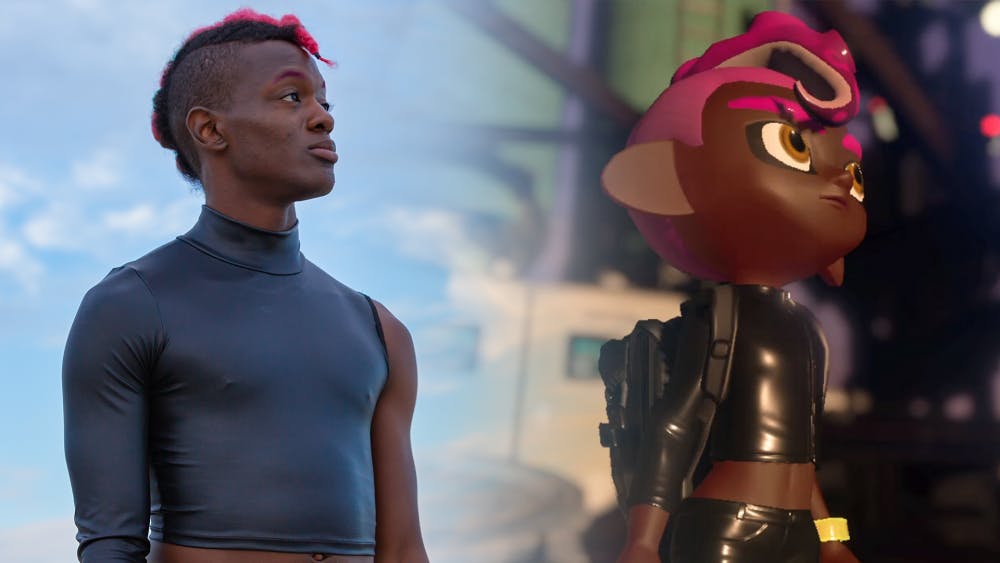by Terence K. Lightning Jr. The opinions and views expressed in this article are those of the author and do not reflect the opinion of Byte or Byte’s editorial board. A few months ago, when researching gender norms in clothing, I discovered we tend to value feminine qualities less than masculine ones. We are much more accepting of girls, for instance, who wear “boy shorts” or blazers than we are of boys who wear leggings or crop tops. Since social progress is important to me, I think we need to value both our feminine and masculine sides equally. Oddly enough, a video game from Nintendo provides inspiration. In Splatoon 2 you play as an Inkling, a humanoid squid, who shoots various bright-colored inks around various beautiful environments. While playing as an Octoling, a humanoid octopus, I fell in love with the game—but not because of the action, visuals, or story. Regardless of what gender you choose, your Octoling wears a black, skin-tight outfit that reveals part of your midsection. This clothing option shocked me. I repeatedly made sure this was an option for my male Octoling because a skintight midsection-revealing outfit is considered feminine by our standards. Regardless of my character’s gender, I was also able to wear two other set of gear—one that that comes with a gray crop top and another with a pink baggy hoodie.
 The gears shown above help display the feminine side of characters, regardless of their gender. Screenshot from Splatoon 2/ Design by T.t. Shinkan'.
The gears shown above help display the feminine side of characters, regardless of their gender. Screenshot from Splatoon 2/ Design by T.t. Shinkan'.
 Regardless of gender, all Inklings and Octolings display feminine qualities, like standing with more weight one one side and a hand on a hip. Screenshot from Splatoon 2.
Regardless of gender, all Inklings and Octolings display feminine qualities, like standing with more weight one one side and a hand on a hip. Screenshot from Splatoon 2.
 My Octoling from the Splatoon series helps me make the case for embracing feminine qualities. Photo by Kyle Crawford. Screenshot from 'Splatoon 2'
My Octoling from the Splatoon series helps me make the case for embracing feminine qualities. Photo by Kyle Crawford. Screenshot from 'Splatoon 2'
Images: Splatoon 2 Photography:




















